Pakistan ranked fourth worst in gender parity
The country was ranked 153rd out of the 156 countries assessed in WEF report
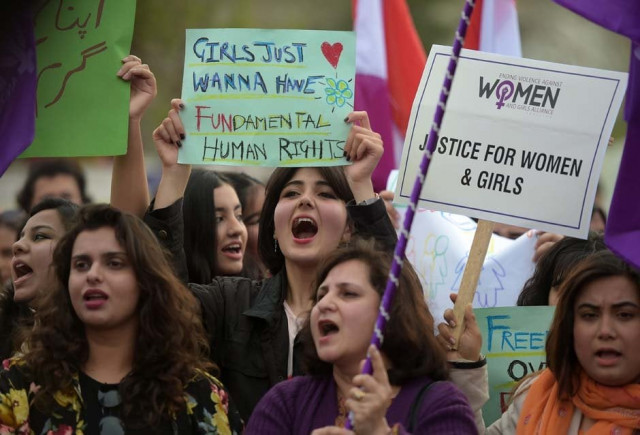
Pakistan has been ranked among the worst four countries in the world in gender parity with only Iraq, Yemen and Afghanistan faring worse as the country slipped to 153rd out of the 156 countries assessed in a report published by the World Economic Forum (WEF) on Wednesday, saying that the gender gap in the country has widened by 0.7 percentage points to 55.6%.
The Global Gender Gap Report 2021 stated that Pakistan featured among the bottom 10 countries in two of the four sub-indexes. The country was ranked 152nd in economic participation and opportunity and 153rd in health and survival. "Pakistan has closed just 31.6% of its economic participation and opportunity gap."
The report said that only 22.6% of women participate in the labour force and even fewer are in managerial positions (4.9%). "This means that only 26.7% and 5.2%, respectively, of these gaps have been closed so far, translating into very large income disparities between women and men," it said and added that on average, a Pakistani woman’s income is 16.3% of a man’s.
Read more: For women in politics, Pakistan still lags behind
Data in the report showed that Pakistani women do not have equal access to justice, ownership of land and non-financial assets or inheritance rights. However, it added that there are signs of improvement in the share of women who are in professional and technical roles (25.3%, up from 23.4% in the previous edition of the index).
Only better than Afghanistan in South Asia
Pakistan was ranked seventh among eight countries in the South Asian region with Afghanistan being the lowest. The report said that Pakistan's progress has stagnated, saying that the estimated time to close the gender gap has now increased to 136.5 years.
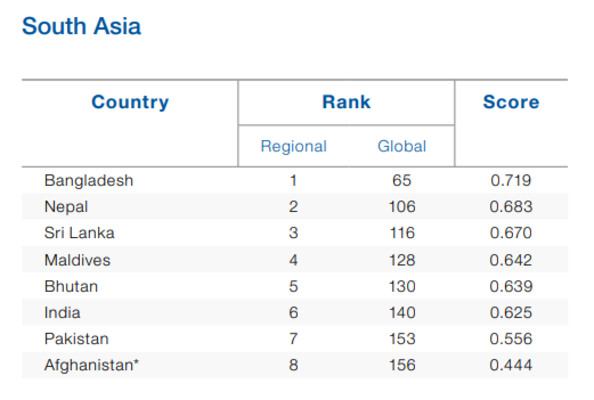
In educational attainment, just an 81.1% gap has been closed, with gender gaps as large as 13% or more across all levels of education. "These gaps are the widest at lower education levels (84.1% primary enrolment gap closed) and are somewhat narrower for higher education levels (84.7% gap closed in secondary enrolment and 87.1% closed in tertiary enrolment)."
The report pointed out that only 46.5% of women are literate in Pakistan, 61.6% attend primary school, 34.2% attend high school and 8.3% are enrolled in tertiary education courses.
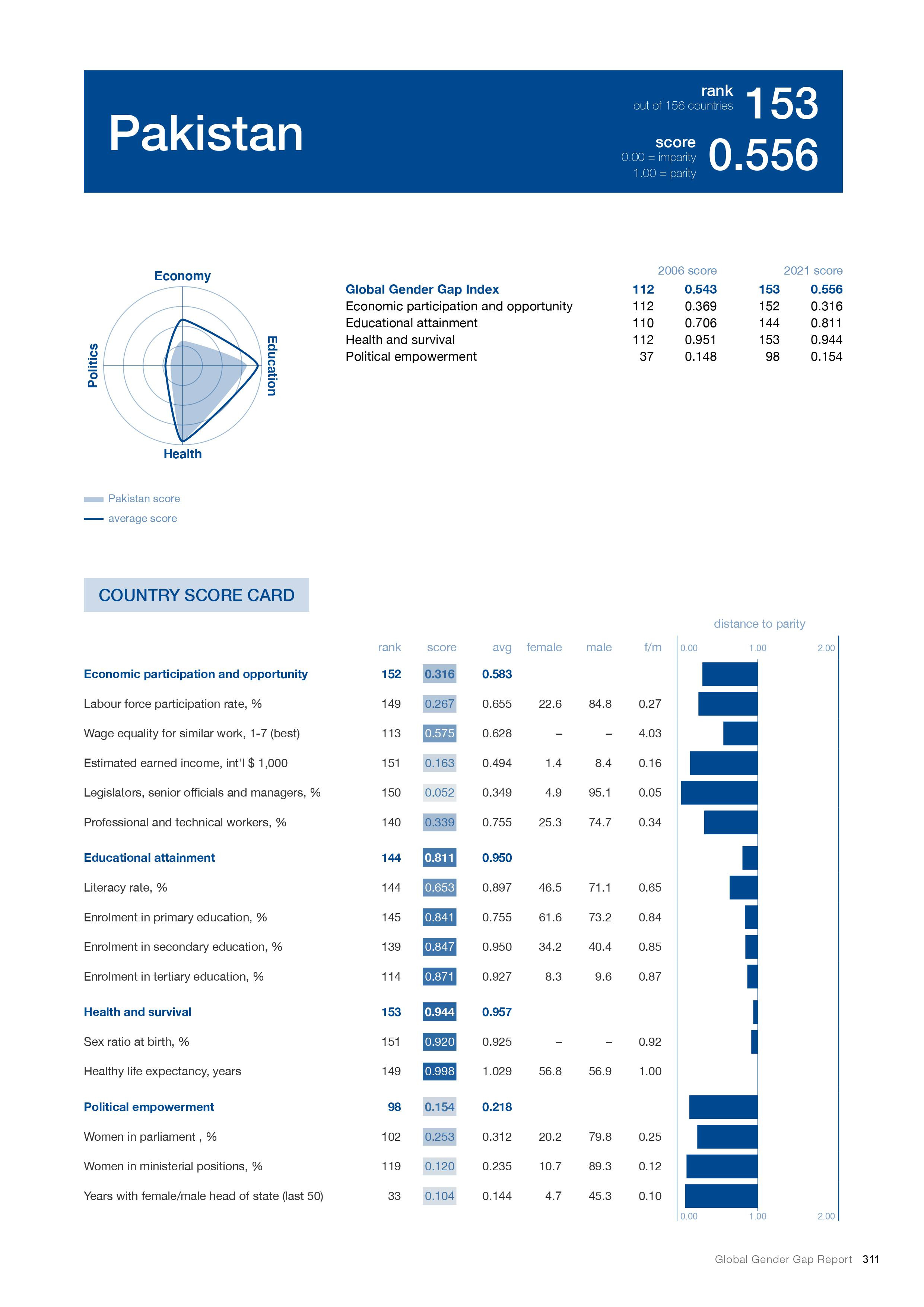
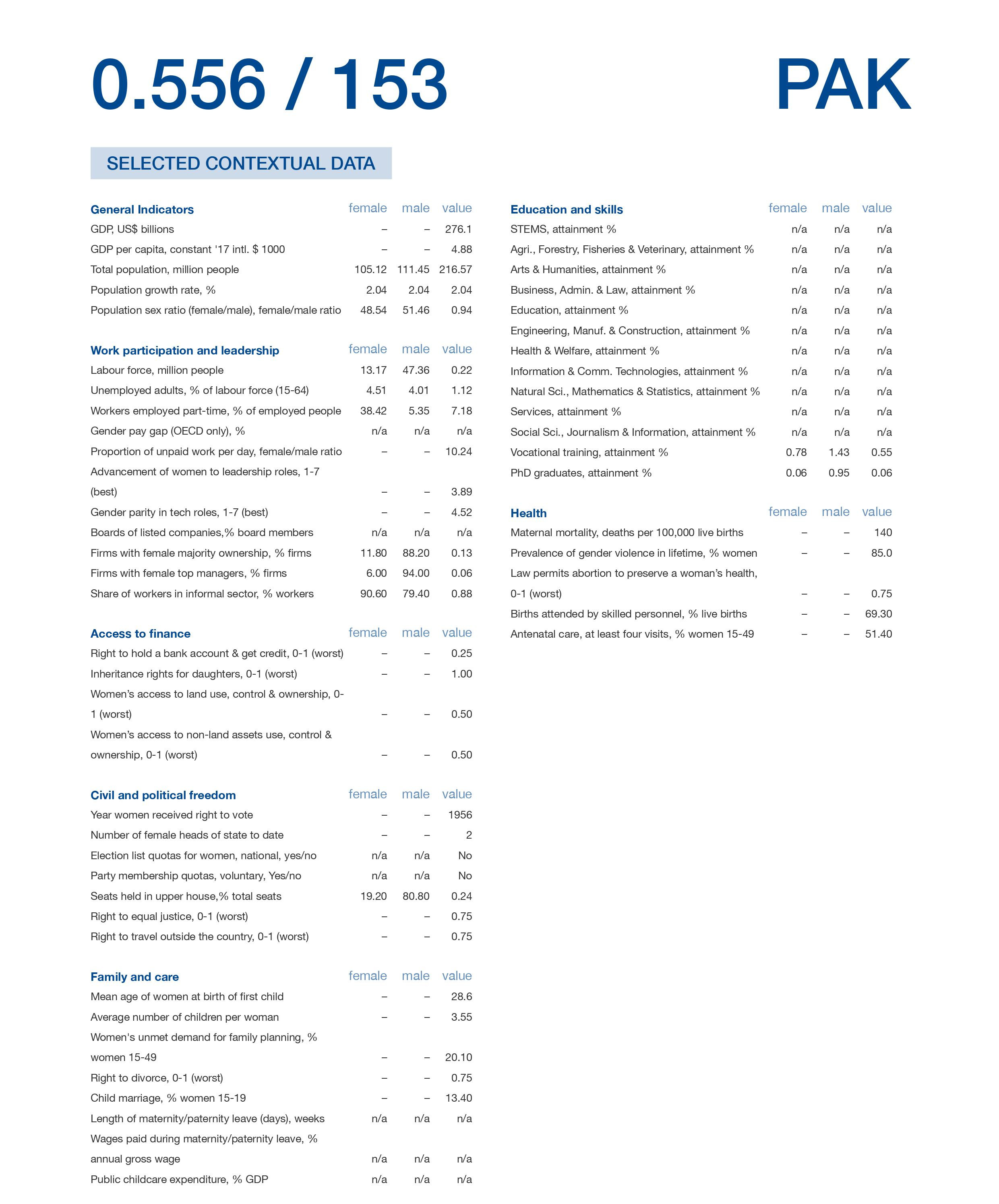
Pakistan has closed 94.4% of its health and survival gender gap, the report said, negatively impacted by wide sex ratio at birth (92%) due to gender-based sex-selective practices, and 85% of women have suffered intimate partner violence.
According to the report, Pakistan’s rank is relatively higher for Political Empowerment (98th), yet only 15.4% of this gap has been closed to date.
Also read: Gender parity and Pakistan
"With just 4.7 years (in the last 50) with a woman as head of state, Pakistan is one of the top 33 countries in the world on this indicator. However, women’s representation among parliamentarians (20.2%) and ministers (10.7%) remains low," it said.
South Asian region
The report stated that South Asia is the second-lowest performer on the index following the Middle East and North Africa, with 62.3% of its overall gender gap closed.
"In addition, progress has been too slow in the recent past, and this year has actually reversed. A decline of approximately 3 percentage points has resulted in a significant delay in the projected time needed for this region to close gender gaps, now estimated at 195.4 years."
According to the report, India has widened its gender gap from almost 66.8% closed one year ago to 62.5% this year, adding that only 22.3% of women in India and 38.4% in Bangladesh are active in the labour market. "On average in the region, the women’s labour force participation rate is 51% of the male labour force participation rate."
Data showed that the regional average share of professional and technical roles taken by women is 32.6%. "In India, only 29.2% of technical roles are held by women, and in Pakistan the share is 25.3% and in Afghanistan 19.3%."
The report stated that the share of women ministers decreased from 23.1% to 9.1% in India. "Women remain acutely underrepresented in the political sphere in this (South Asian) region."
It said that the female literacy rates are as low as 53.7% in Afghanistan, 65.8% in India, 59.7% in Nepal, 57% in Bhutan and 46.5% in Pakistan, with little sign of closing in the near future.
"The hope of closing educational gender gaps lies with the younger generation, but not everywhere. While in five of the seven countries in the region at least 98% of the gender gap in primary enrolment has been closed, in Pakistan and Nepal only 84.1% and 87%, respectively, has been closed."

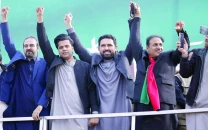
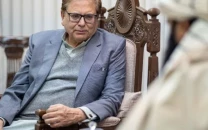
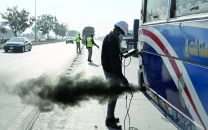

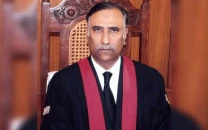
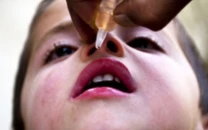












COMMENTS
Comments are moderated and generally will be posted if they are on-topic and not abusive.
For more information, please see our Comments FAQ